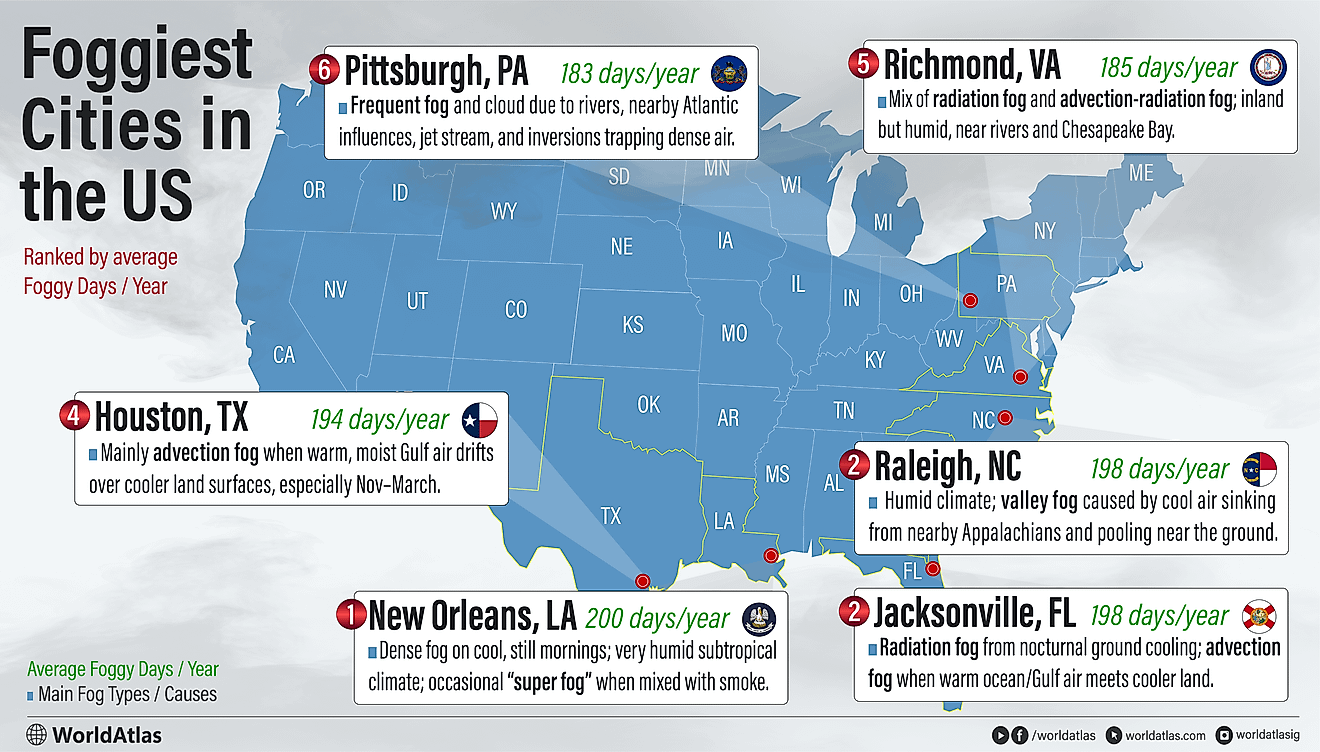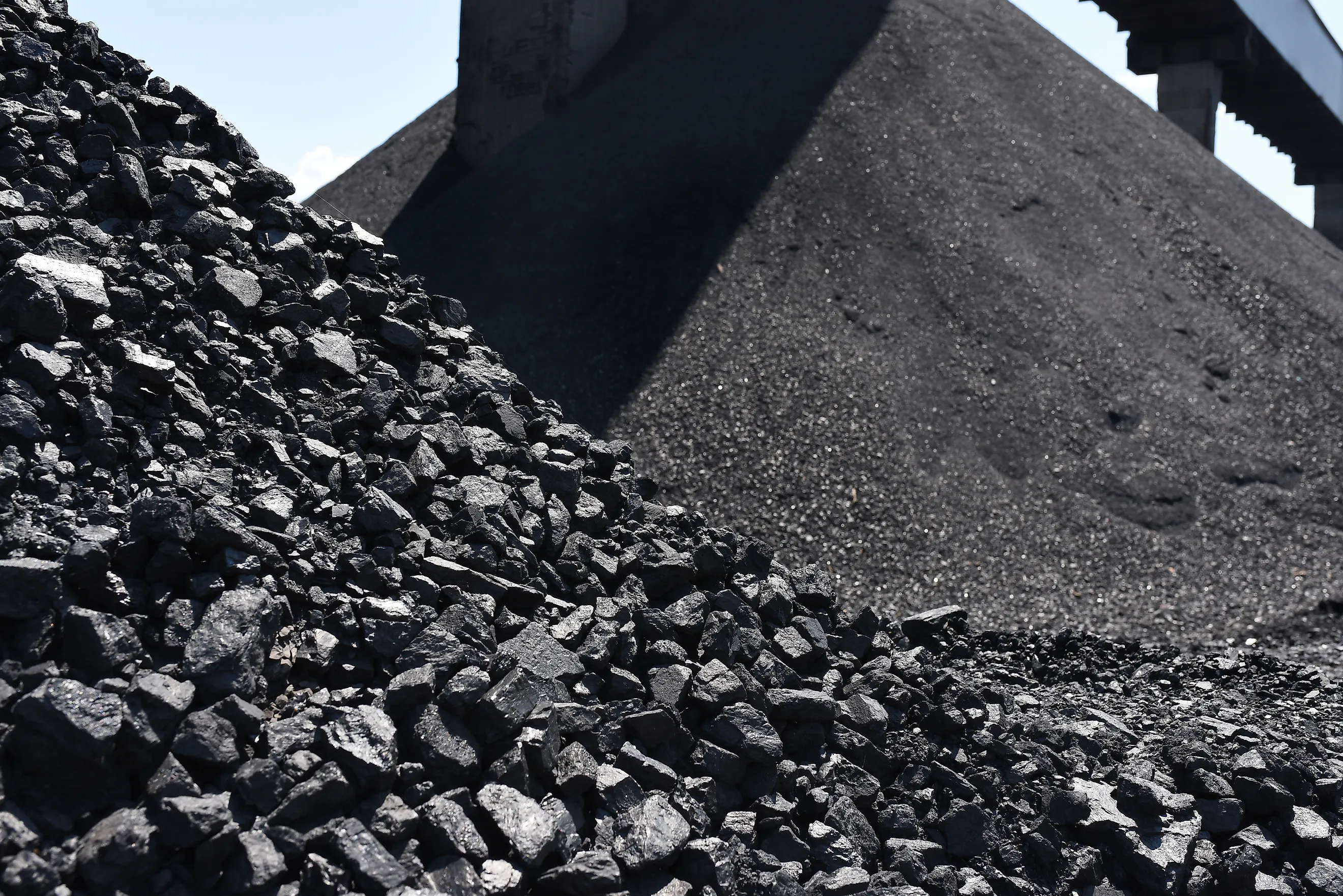
Coal
Coal is a combustible black or brownish-black sedimentary rock formed from the remains of ancient plant matter. It is primarily composed of carbon, along with hydrogen, sulfur, oxygen, and nitrogen. Coal serves as a major source of energy worldwide and has been fundamental to industrial development since the 18th century.
Formation
Coal forms through a process called coalification, which occurs over millions of years. During the Carboniferous Period (about 359-299 million years ago), large quantities of plant material accumulated in swampy environments. Under anaerobic conditions, this organic matter was preserved as peat. Over time, geological pressure and heat transformed the peat through several stages:
- Peat - The initial stage of partially decomposed plant matter
- Lignite - Low-grade brown coal with high moisture content
- Sub-bituminous coal - Higher carbon content than lignite
- Bituminous coal - Most common type used for electricity generation
- Anthracite - Highest grade coal with maximum carbon content
Types and Properties
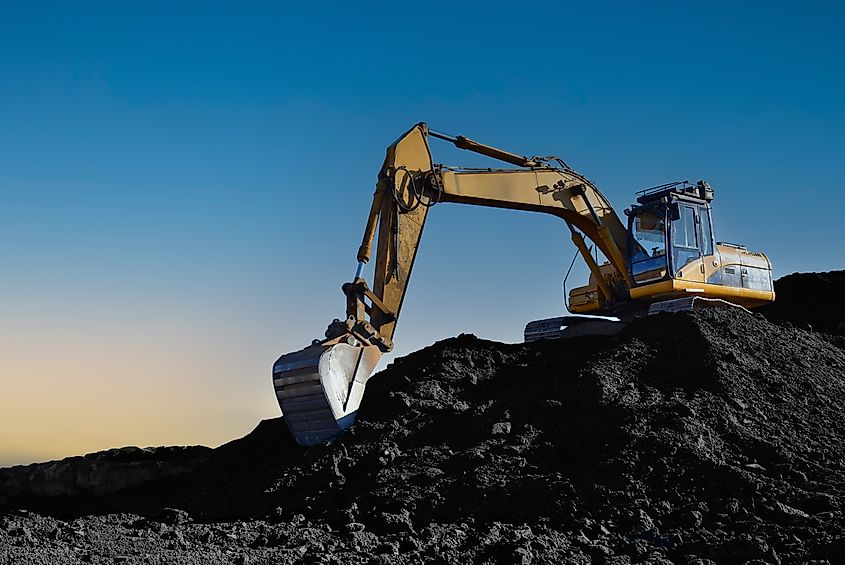
Lignite contains 60-70% carbon and has the lowest energy content. It is primarily used for electricity generation near mining sites.
Sub-bituminous coal contains 70-76% carbon and produces less sulfur dioxide when burned compared to bituminous coal.
Bituminous coal contains 76-86% carbon and is the most abundant type globally. It is used for electricity generation and steel production.
Anthracite contains 86-97% carbon and burns with little smoke or flame. It is rare and primarily used for heating.
Global Distribution
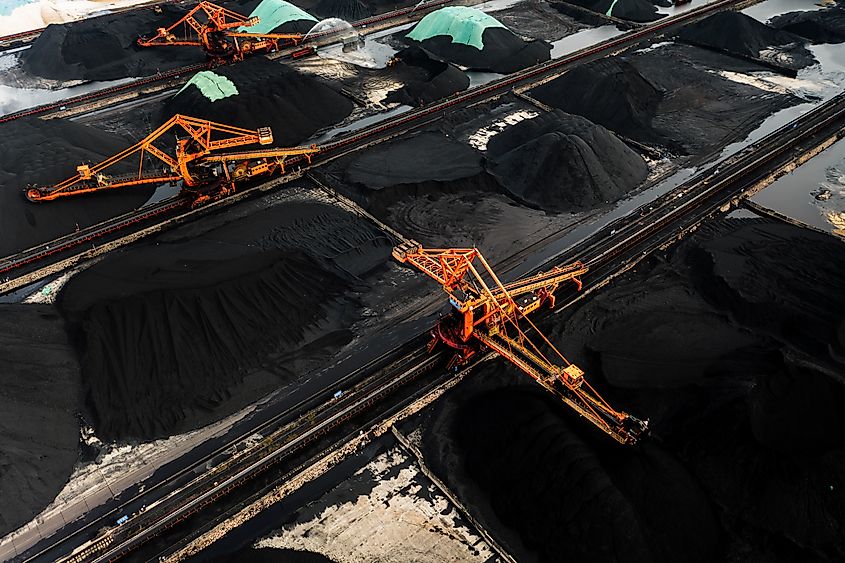
Major coal reserves are found in:
- China - World's largest producer and consumer
- United States - Appalachian region, Powder River Basin, Illinois Basin
- Russia - Siberian coal fields
- Australia - Queensland and New South Wales
- India - Jharia and Raniganj coalfields
Uses
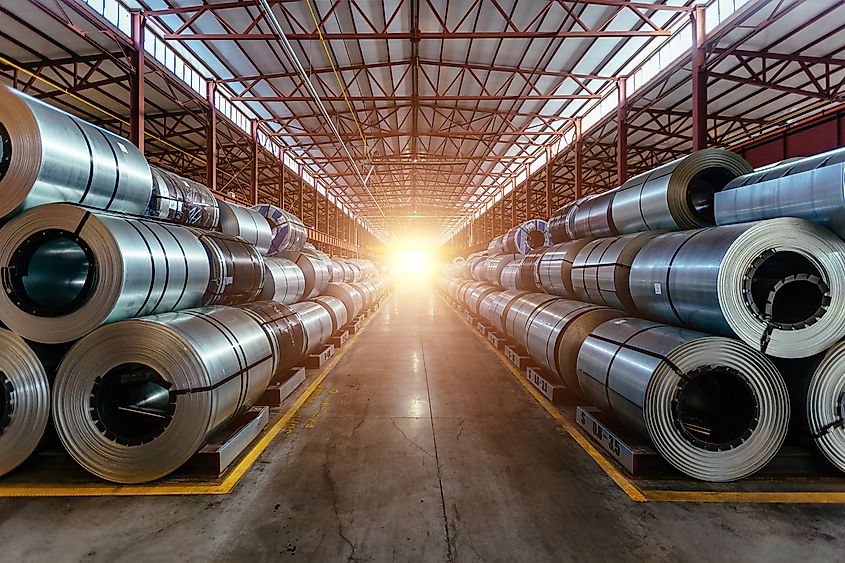
Electricity Generation: Coal provides approximately 27% of global electricity production as of 2024.
Steel Production: Metallurgical coal is essential for steel manufacturing, where it serves as both fuel and a reducing agent.
Cement Production: Coal provides heat for cement kilns and contributes to the chemical process.
Industrial Applications: Coal is used in paper manufacturing, aluminum refining, and chemical production.
Environmental Impact
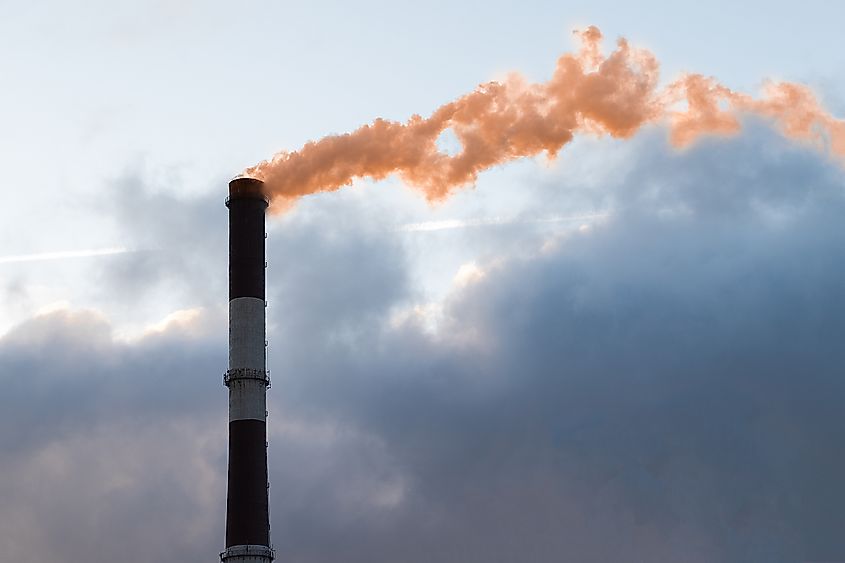
Coal combustion produces several pollutants:
- Carbon dioxide - Primary greenhouse gas contributing to climate change
- Sulfur dioxide - Causes acid rain and respiratory problems
- Nitrogen oxides - Contribute to smog formation
- Particulate matter - Affects air quality and human health
- Mercury and other heavy metals - Toxic pollutants
Coal is responsible for approximately 30% of global carbon dioxide emissions from fossil fuels.
Mining Methods
Surface Mining: Used when coal seams are near the surface. Methods include strip mining, open-pit mining, and mountaintop removal.
Underground Mining: Required for deeper coal deposits. Techniques include room and pillar mining and longwall mining.
Mining operations can cause environmental damage including habitat destruction, water pollution, and landscape alteration.
Economic Significance
Coal mining employs millions of people worldwide and contributes significantly to national economies in producing countries. However, the industry faces economic challenges due to competition from natural gas and renewable energy sources, as well as environmental regulations.
Future Outlook
Coal consumption has declined in developed countries but remains significant in developing nations. Technologies such as carbon capture and storage aim to reduce coal's environmental impact, though they remain expensive and unproven at commercial scale. The future role of coal depends on energy policy decisions, technological developments, and climate change commitments.











